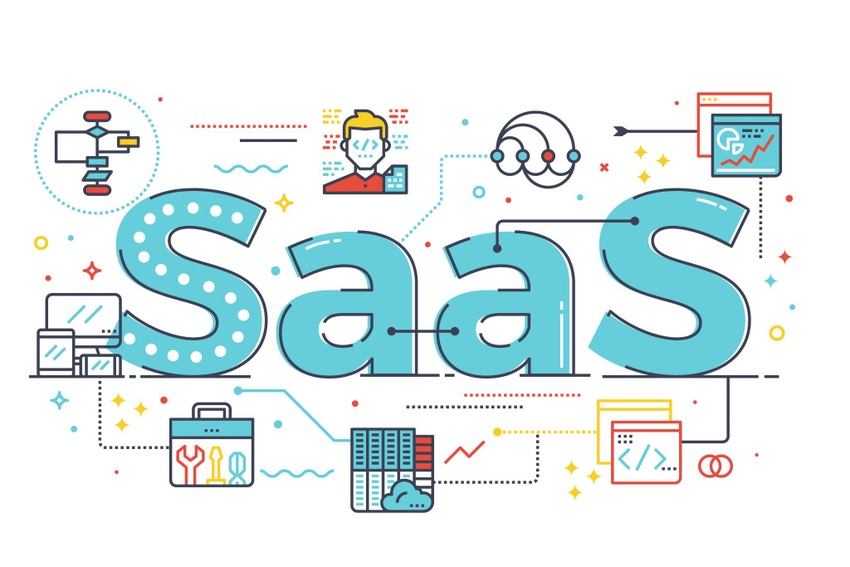Partners know that not all customers are ready for everything as a service. Many channel pros agree.
February 19, 2018


Tim Maloney
By Tim Maloney, SVP Worldwide Channels, LifeSize
The software-as-a-service model has created new challenges for suppliers and their channel partners. Let’s face it — many resellers and distributors, including those in the videoconferencing and collaboration market, are reluctant to forgo the high upfront gross margins of an on-premises infrastructure. This raises challenges for vendors as well. After all, partners are critical to our businesses; at my company, Lifesize, 85 percent of our customers are brought to us by resellers.
The key to navigating these challenges is to treat them as you would in a marriage — after all, the supplier/partner relationship, ideally, is a bond between two equals for a mutual greater good and happiness. Just as marriages are built on trust and need open communication, understanding and empathy, so too do channel partnerships. Suppliers need to understand the hardships partners are facing with the transition to SaaS, and vice versa. Here are three keys to happiness.
1. Ask “Are you the match for me?” During the discovery process, both parties should ask critical questions about the other company’s plans, values and vision. It’s possible a partner is simply not interested in making the jump to a recurring-revenue model. In these cases, it might be good to get the heartbreak of parting out of the way early. If your values align and you’re moving forward, think of this as a courtship. I’ve written before about how to pick the right partners, and this is an extension of that.
Partners, have your suppliers equipped you for success? Suppliers, are partners ready to accelerate into SaaS? If both truly see SaaS as the next big opportunity – and it is – then you’re ready for the next step.
One of the most important elements you need to agree on is your approach to customer service. If you align on this principle, then the magic can happen. But often, organizations forget whom they answer to: It’s ultimately the person in the field who writes you the check. You need business partners who truly understand the goals of your mutual customers. If you have world-class partners representing you in the field, you’ll look world-class too.
2. Show them the pot of gold at the end of the rainbow. Even if they’re wholeheartedly ready to make the jump from hardware-only to a combined hardware-SaaS approach, there will inevitably be pain points for your partners. Don’t brush those off — be understanding about their concerns. As mentioned before, suppliers and partners who have long relied on the upfront margins of on-premises systems might have difficulties in making the change. VARs face the question of what to do when you don’t have anything to install. Remember, you’re their partner in sickness and in wealth — show them the long-term values of the SaaS model, and that it positions them to have long-term success and dozens more customers.
These are canyons you’re crossing. Don’t be (or work with) that vendor who drags everyone kicking and screaming into SaaS. Annual recurring revenue and monthly recurring revenue might be difficult to pivot to, but that’s where the market is going. For suppliers, make sure your programs offer a competitive advantage — become your partner’s best opportunity to make money. Offer incentives and reward partners who sell more, perform well with you, access new markets and find incremental value. Offering incentives is a quick way to …
… get partners adjusted to a SaaS model.
3. Be the bridge to a new market. This is why we straddle both sides of the hardware/SaaS equation. The market is headed toward SaaS, yes, but most customers are still in transition. Partners are the ones who confer locally with the customer and go on site. No supplier will have as close or as detailed a view of the market in Kansas, for example, as a local partner will. Vendors must be flexible and open to doing what it takes to help partners help customers feel ready to make the jump to SaaS.
The next step is to create an outline of your joint customer experience and how SaaS plays into that — think of this as a journey map for you and your partners. As a vendor, you need to clearly define the transition points you’ll both meet on the way, as well as both your responsibilities and those of your partners. A good customer road map should also clearly define measures for success.
However, be ready to adjust this based on your partners’ location in the world and customer feedback. Remember, they’re your partner, not a franchisee — you’re guiding them, not dictating, and they get a vote in the process. In the same way married partners talk out their problems, the transition to SaaS should be a discussion, not a demand. Don’t hold your partners to standards that you yourself don’t adhere to — that’s not a partnership; that’s a divorce.
Tim Maloney is senior vice president, worldwide channels, at Lifesize. With over 20 years in sales operations and channel management, Tim is dedicated to leveraging a unique mix of vision, strategy, operations and analysis to bring the channel model to the next level, and has been doing just that at Lifesize since joining in 2017.
Read more about:
AgentsYou May Also Like
